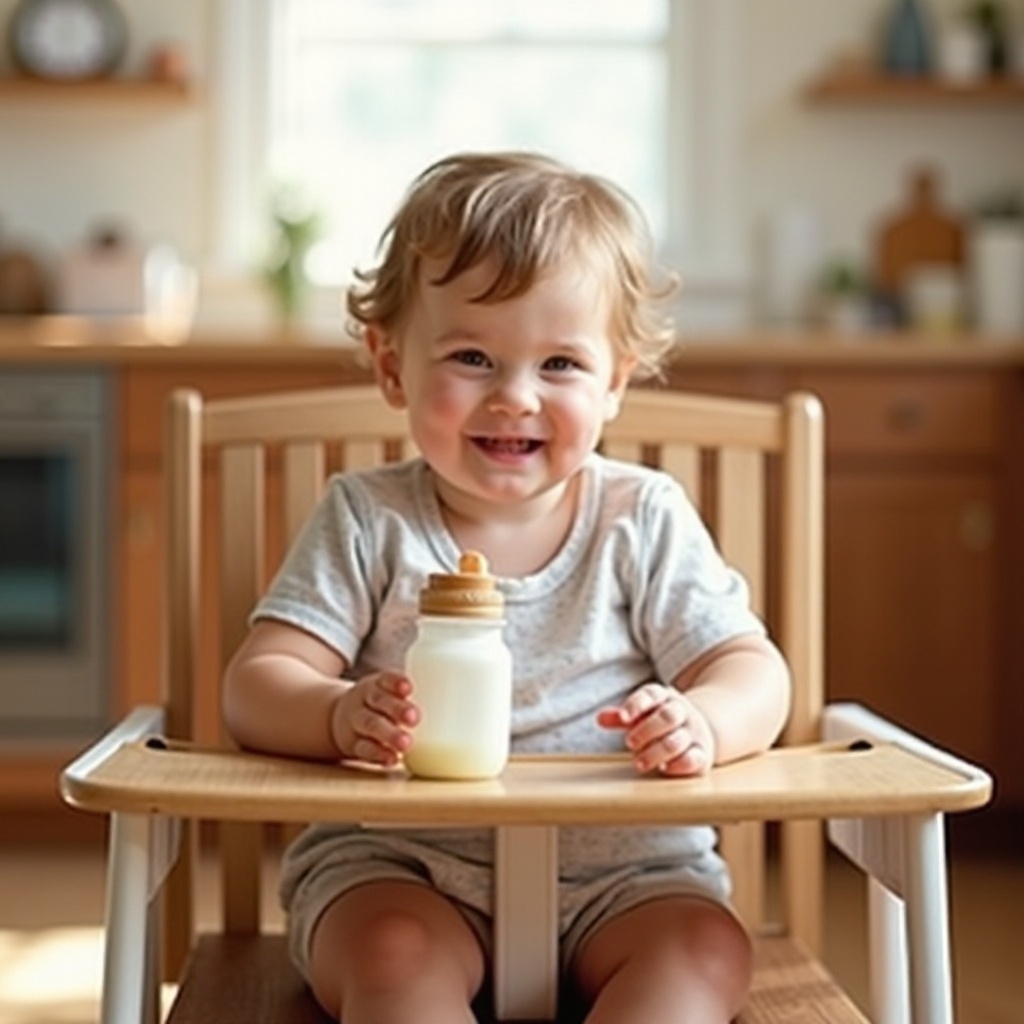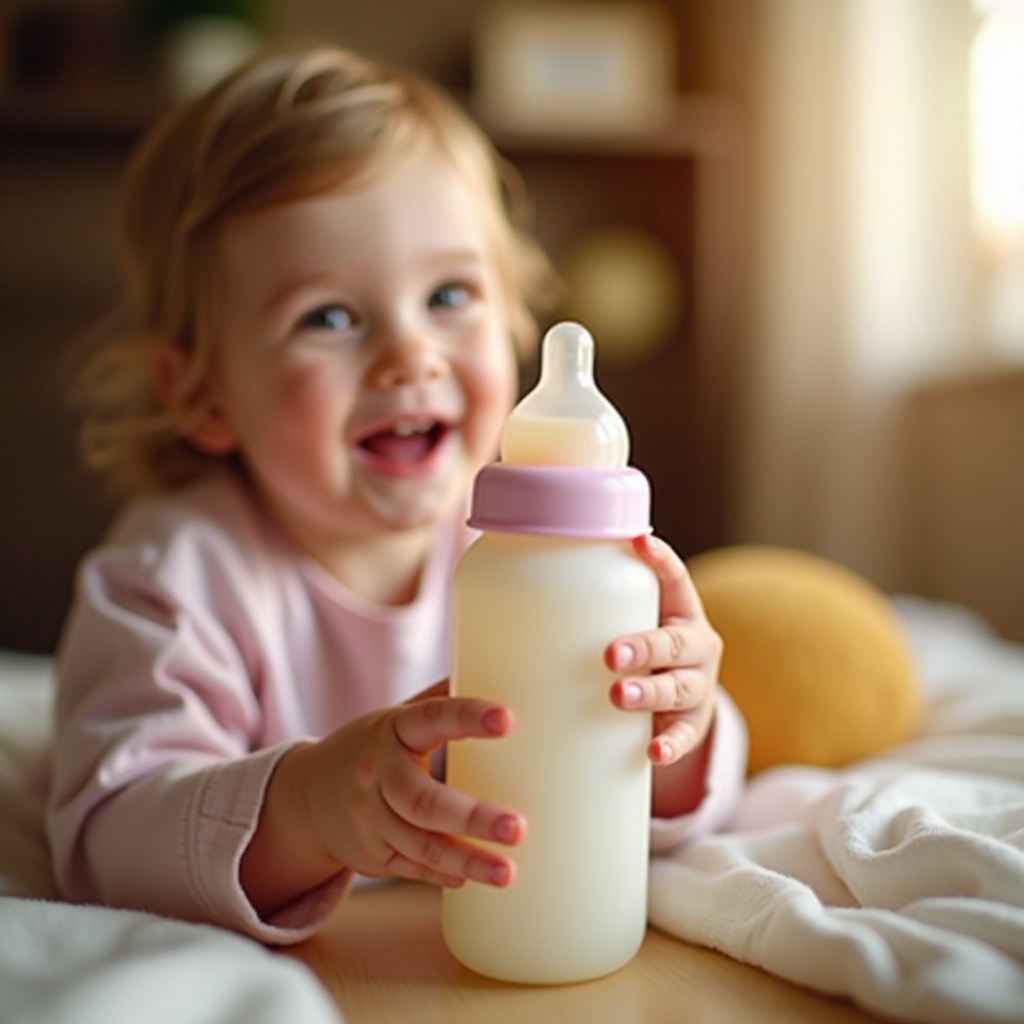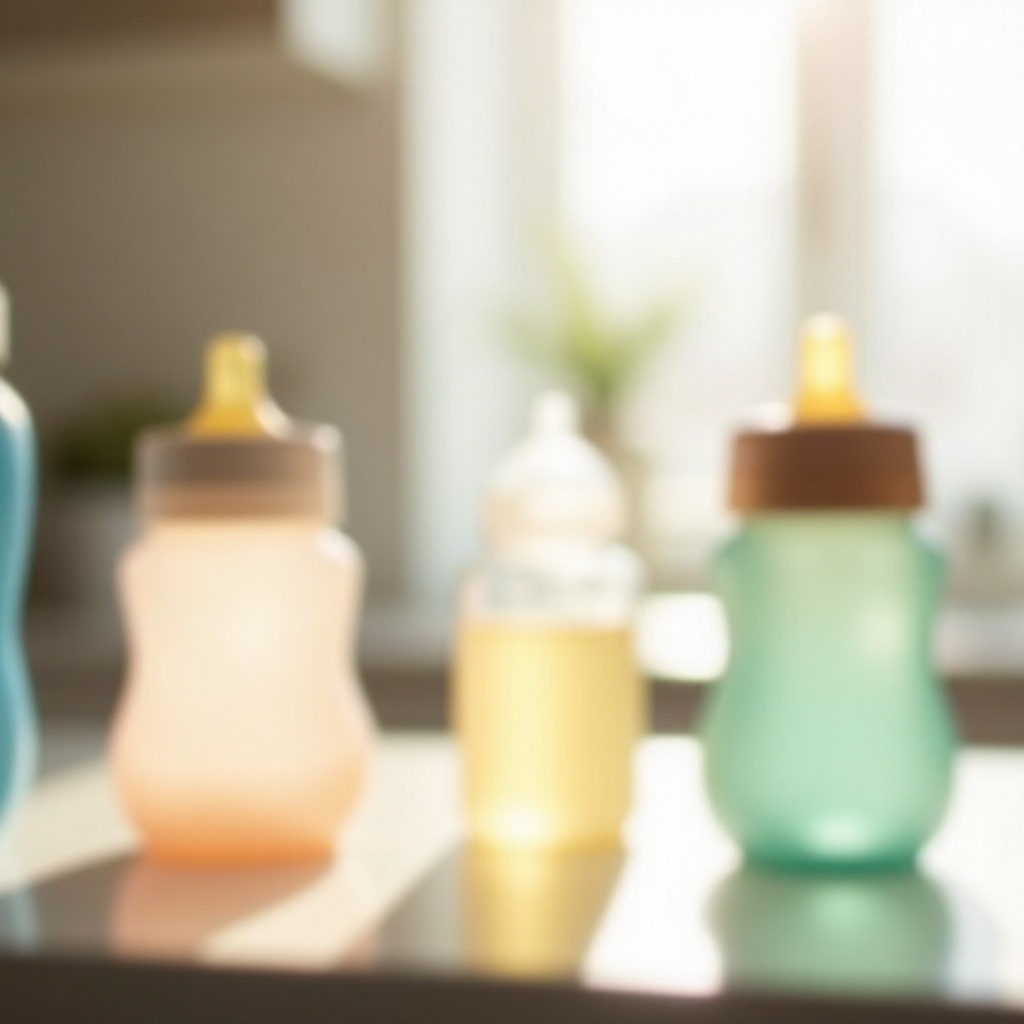Introduction
As your child approaches their first birthday, it’s important to start thinking about transitioning from baby bottles to cups. Transition bottles are designed specifically to make this process easier for both you and your little one. In this ultimate guide, we will explore the concept of transition bottles, discuss the key features you should look for, outline the benefits, and provide recommendations for the top transition bottles. Additionally, we will share some practical tips to help you successfully transition your child from a bottle to a cup.

What are Transition Bottles?
Transition bottles are specially designed feeding bottles that help babies move from traditional baby bottles to sippy cups. These bottles usually come with features that mimic both a bottle and a cup to ease the transition. They often include soft spouts or straws aimed at encouraging your child to adapt without feeling too abrupt.
These bottles are crucial for 1-year-olds because they align with the developmental stage where children are ready to gain more independence in feeding. Transition bottles can help make the journey from bottle feeding to cup drinking smoother and less stressful for both parents and children.
Key Features to Look For in Transition Bottles
When choosing a transition bottle, there are several key features to consider to ensure it’s suitable for your child. These features not only aid in making the transition seamless but also ensure safety and comfort.
- Spout Type: Opt for soft, flexible spouts that mimic the feel of a bottle nipple to make the transition smoother.
- Handles: Look for bottles with easy-to-grip handles to help your child hold the bottle independently.
- Leak-Proof Design: Ensure the bottle has a valve or seal to prevent spills, which can be quite handy when your child is learning to drink.
- Material: Choose BPA-free and durable materials for the safety and longevity of the bottle.
- Ease of Cleaning: Pick a bottle that is easy to disassemble and clean to maintain hygiene.
Understanding these features will help you make an informed choice and find a bottle that best suits your child’s needs while maintaining convenience for you.
Benefits of Using Transition Bottles for 1-Year-Olds
Transition bottles provide a range of benefits for both children and parents. They are designed to support the gradual shift from bottles to cups, offering several advantages in the process.
- Reduced Nipple Confusion: The design of transition bottles helps your child adapt to a cup-like experience while still enjoying the familiarity of a bottle.
- Encourages Independence: With handles and spouts designed for small hands, transition bottles help kids practice and improve their hand-eye coordination and grip.
- Eases Teething Pain: Soft spouts can be soothing on aching gums, providing comfort during the teething process.
- Less Mess: Leak-proof designs minimize spills, making mealtime less messy and reducing clean-up time.
Using transition bottles can make life easier for parents while aiding in their child’s developmental milestones.

Top Recommended Transition Bottles for 1-Year-Olds
When it comes to choosing the best transition bottle for your child, the market offers several well-reviewed options. Here are some of the top recommended transition bottles:
- NUK Learner Cup
- Spout Type: Soft silicone
- Handles: Easy-grip and removable
- Leak-Proof: Yes
-
Additional Feature: Spill-proof
-
Munchkin Miracle 360 Trainer Cup
- Spout Type: Spoutless
- Handles: 360-degree design allows sipping anywhere on the rim
- Leak-Proof: Yes
-
Additional Feature: Dentists recommend for healthy teeth development
-
Philips Avent My Natural Trainer Cup
- Spout Type: Soft silicone
- Handles: Soft-touch, trainer handles
- Leak-Proof: Yes
- Additional Feature: Easily converts from bottle to cup with interchangeable parts
These top-rated options offer a variety of features that cater to different needs and preferences, ensuring you find the right fit for your child.

Tips for Transitioning from Bottle to Cup
Successfully transitioning your child from a bottle to a cup requires patience and strategy. Here are some effective tips to make the switch easier:
- Start Early: Introduce the transition bottle while your child is still comfortable with their regular bottle.
- Lead by Example: Show your child how to use the cup by drinking from it yourself.
- Use Positive Reinforcement: Encourage and applaud your child every time they use the transition bottle correctly.
- Gradual Change: Slowly replace bottle feedings with the transition bottle to make the shift less sudden.
- Stay Consistent: Offer the transition bottle regularly to create familiarity and routine.
Implementing these steps can help your child adapt to using a transition bottle and eventually a cup, making the process less stressful for both parents and children.
Conclusion
Transitioning from a bottle to a cup is an important developmental milestone for your 1-year-old. Transition bottles serve as a helpful bridge during this period, offering comfort and familiarity while encouraging independence. By understanding the key features to look for, the benefits they provide, and following practical transitioning tips, you can ease your child through this phase smoothly. Remember, every child is unique, so be patient and supportive throughout the journey.
Frequently Asked Questions
What are transition bottles, and why are they important for 1-year-olds?
Transition bottles are feeding bottles designed to help infants move from traditional bottles to sippy cups. They are crucial for 1-year-olds as they support developmental independence in feeding.
How do I know if my child is ready to transition from a bottle to a cup?
Signs your child may be ready include showing interest in your cups, being able to sit independently, and the ability to hold and manipulate objects.
What should I do if my child refuses to use a transition bottle?
If your child refuses the transition bottle, be patient and keep offering it. Encourage them with positive reinforcement and try using different types of transition bottles to see what they prefer.
